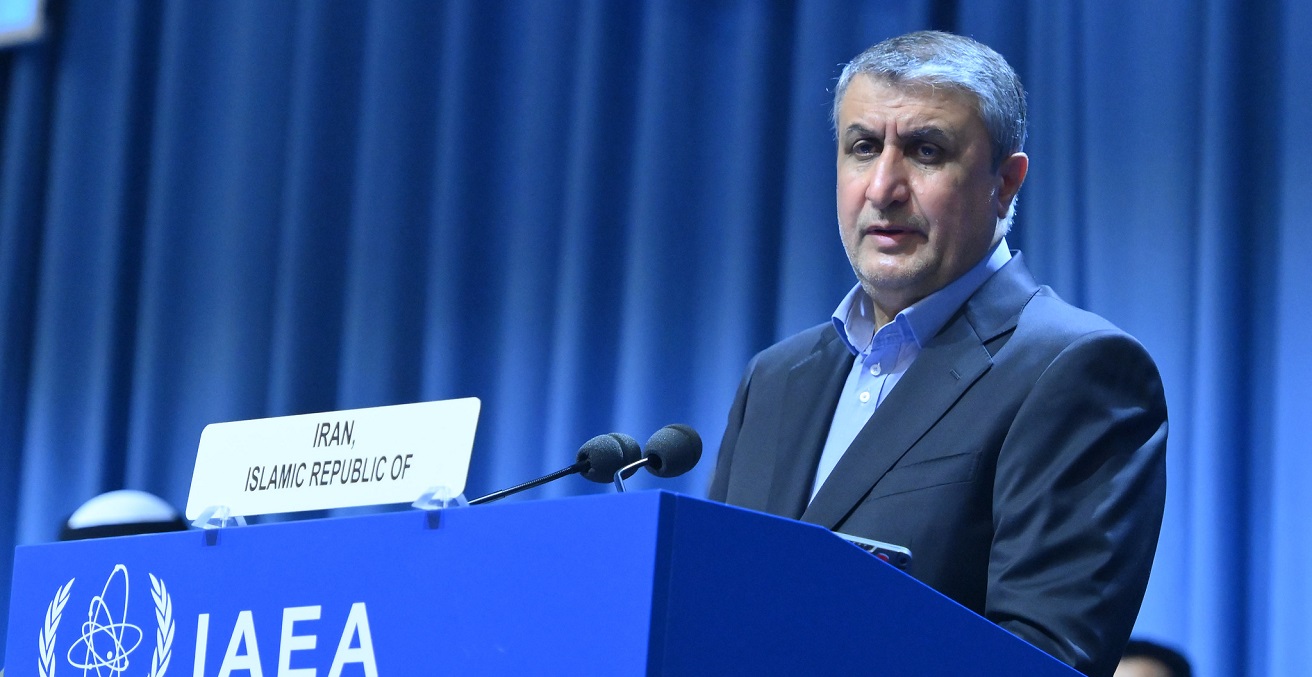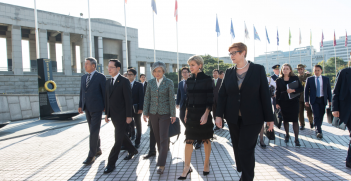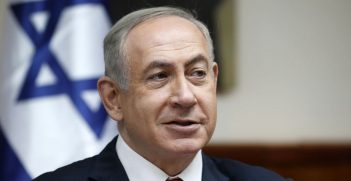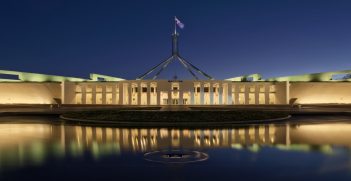Deal or No Deal: Iran and the US’s Last Chance to Strike an Agreement

Yet again we are expecting a long and frustrating diplomatic marathon to be held in Vienna between Iran and the global powers over Tehran’s nuclear programme. This will, however, be the last of its kind.
A host of changes has occurred since the Joint Comprehensive Plan of Action was signed by Iran and the five global powers – United States, United Kingdom, France, Russian, and China – plus Germany in 2015. The initial deal, considered as one of the most successful diplomatic efforts of recent years, did not last long. President Donald Trump withdrew from it in 2018. He instead imposed the so-called “maximum pressure policy” against Iran and introduced one of the harshest series of economic sanctions ever put against Iran.
Iran, in response, has gradually reduced its commitment to the deal and has begun to increase its uranium enrichments dramatically. Iran is irrefutably breaching the deal by refusing access to International Atomic Energy Agency (IAEA) inspectors to its nuclear facilities. Today Iran is only months away, if not weeks away, from making a nuclear bomb. The maximum pressure policy, designed to contain Tehran’s regional interventionist policies and its missile capabilities (i.e., the ability to carry a nuclear warhead), has failed.
Nevertheless, the two parties have finally agreed to resume talks once again in Vienna. Although wounds inflicted by transgressions and mistrust engendered by deceit on both sides have been worsened, there have been some developments since 2015 that will directly affect the upcoming talks and which imply undeterminable outcomes.
Internally, the two new national governments are now more willing to reach, and more capable of reaching, a meaningful agreement. President Joe Biden, as part of his presidential campaign, has promised to restore the deal, and has voiced that he considers President Trump’s withdrawal as a fundamental error of judgement. In Tehran, President Ebrahim Raisi, though a hardliner, enjoys the full support of other decision-making institutions, and this enables him to reach a decision in Vienna with greater ease, and with less internal political resistance.
Regionally, Tehran no longer perceives extreme external threats to be on its western and eastern borders. The United States, Iran’s main regional threat, has left Afghanistan, and it has only a few hundred troops in Iraq and Syria. For Iran, Baghdad is now friendly, and the Assad regime appears to have achieved stability in its grip on power. ISIS is gone, and it is no longer considered a threat to Iran or to Iran’s interests in Iraq and Syria. Iran and Saudi Arabia, two powerful regional rivals, have also started to engage in talks for the first time since 2016. This is a major factor which could help key regional actors in resolving some of the latent problems in the Middle East.
Internationally, President Trump’s withdrawal prompted Tehran to look East. It pursued this path vehemently at first, introducing the 25-year cooperation agreement with China and the 20-year agreement with Russia, in order to survive amid ongoing US economic sanctions. Iran so far has been able to survive the maximum pressure policy, notwithstanding some severe economic consequences. China and Russia have kept Iran’s economy alive, and the United States’ maximum pressure policy has been a critical driver of the Eastern-looking strategy in Tehran. Should pressure against Iran intensify, Tehran’s economic and security ties with China and Russia will be indispensable to its future. The West would rightly view this outcome with significant caution.
Iran’s top nuclear diplomat has recently visited the United Kingdom, France, and Germany. This rare event, despite the fact that Europe has thus far played a minor role in tensions between the United States and Iran, indicates Iran’s new strategic positioning towards the EU and implies a scaled-up role for the EU in the upcoming nuclear talks. Tehran has identified two changes in Europe since 2015 which have the potential to transform its relationship with the EU: Brexit, which has undermined the strength of the relationship between the UK and other European powers, and the AUKUS deal, which has compromised the relationship between France (which played the role of “bad cop” in the 2015 nuclear deal) and the United States and United Kingdom. Europe is deeply concerned about the United States’ declining power in the Middle East, and European governments remain acutely aware that their region is more immediately affected by instability and insecurity in the Middle East. Energy security, illegal mass migration, drug trafficking, terrorism, and a nuclear-powered Iran are among the key dangers that Europe would face should a war erupt between the United States and Iran. Europe’s shifting perception of Iran since 2015 may thus affect the EU’s approach to deal making, with the bloc pursuing a more balanced approach to achieving a mutually beneficial deal.
There are three options available to Washington to force Tehran to comply with its conditions: (i) sanctioning, which judging by the last four years and the maximum pressure policy has failed to reach its own objectives; (ii) war, which the United States has shown no interest in whatsoever given its relative failures in Afghanistan, Iraq, and Syria; and (iii) a win-win diplomatic solution. Several internal, regional, and international events have occurred which make a diplomatic solution more likely to succeed this time. Both sides have done their best to assess and to undermine the other side’s power and determination so far. They have reached their limits in these efforts. No more assessment of the opposition is required, and the resolve and power of the two sides remain clearly articulated and stable. This leaves either war or diplomacy. A new war in the Middle East is almost unthinkable, and the world cannot afford another decade of drawn-out instability and insecurity in one of the most strategically important regions of the globe.
The 2015 diplomatic agreement has had relative success, at least until 2018 when President Trump unliterally withdrew from the deal. Both sides have valid reasons not to trust each other, but they both know that a war in the Middle East would have catastrophic consequences for them. Sanctions and coercive policies have not, overall, worked for the United States. Nuclear development has to a degree helped Tehran to address its economic challenges, and despite both parties deploying tactics designed to exact harm on the other and serve unilateral interests, Tehran’s nuclear technology building is a factor in the negotiations that cannot now be eliminated or wholly countered. Ongoing careful diplomacy has emerged the only viable solution.
Alam Saleh is a lecturer in Politics and International Relations (Iran and The Middle East) at the Centre for Arab and Islamic Studies, Australian National University. He is also a council member of the British Society for Middle Eastern Studies.
This article is published under a Creative Commons License and may be republished with attribution.





